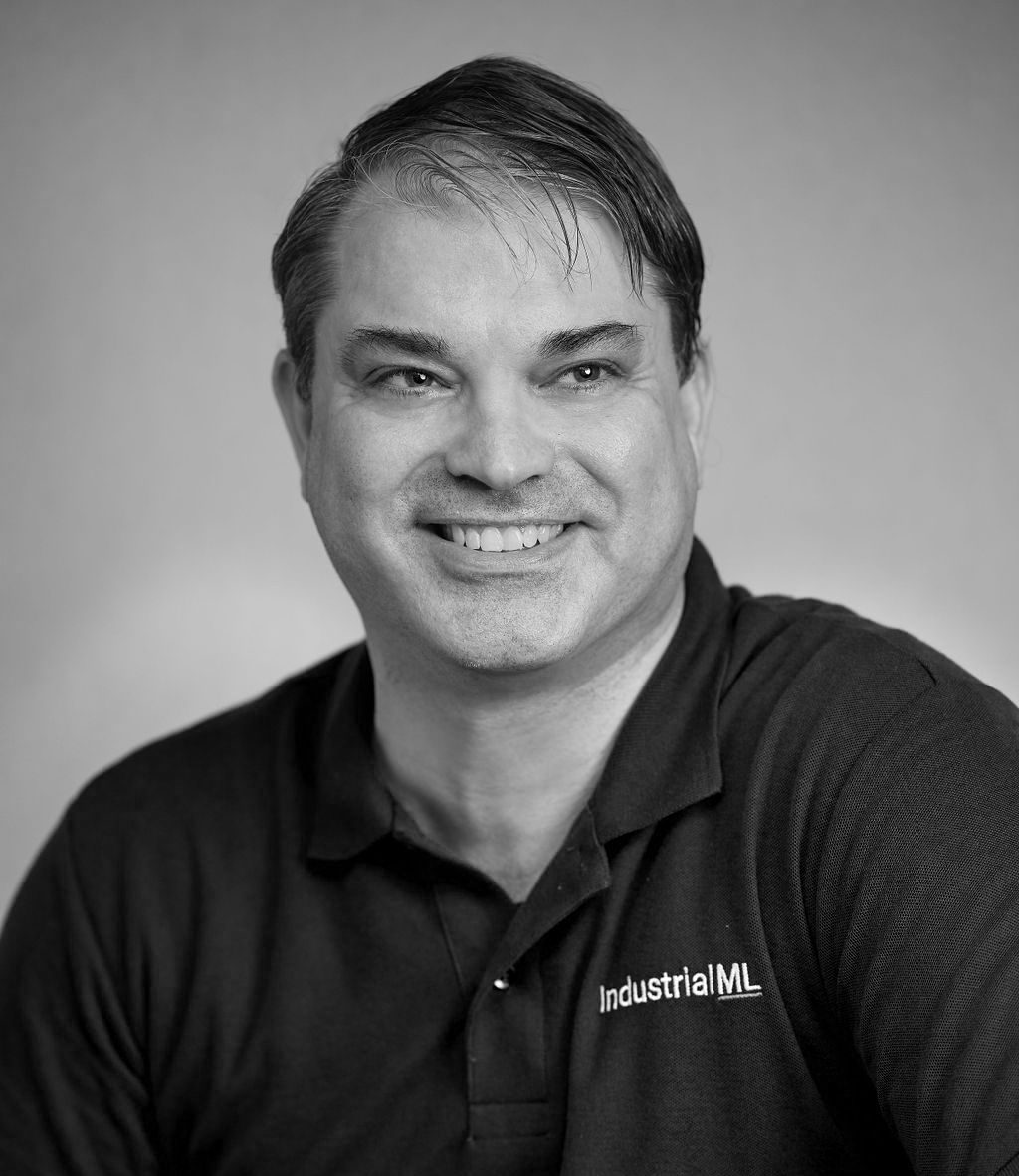Building Solutions: Meet Jason Truesdell, Principal Software Architect
Fraser: Jason, talk me through your early years. How did you get into software?
Jason: I took an odd path. I have an East Asian Studies degree and most of a literature major before I dropped it. So I actually got into software in 1997, having learned some German and some Japanese, and using what I had learned about the internet at that point to land a position at Microsoft.
My unusual background in language somehow landed me a job doing internationalization testing for Internet Explorer 4 before becoming a software design engineer. I gradually shifted toward building software, both as a regular employee and as a consultant at both tech companies and in other industries. Eventually, I moved to Japan in 2017 primarily so I could take care of my father-in-law here and my kids could attend elementary school.
Fraser: Having established a base in Japan, how did you meet Arjun Chandar and end up working together?
Jason: I spent a lot of my time initially in Japan networking and meeting people. At one of these tech network events, I met a consultant who was asking me for advice, as he was planning to move to Japan himself. A few months after the event, he introduced me to Arjun.
Arjun wanted to know if I knew anything about extracting data from factory devices, and my response was quite plainly, “not really, but it sounds right up my alley!” After a few months of negotiation, where we were waiting for Arjun’s development partner, Daiwa, to finalize a contract, I signed up as a consultant and began building all the initial prototypes and proofs of concept.
Fraser: What aspect of the proposal appealed to you?
Jason: When Arjun proposed the broad concepts of Machine Learning (ML), power management, maintenance, and defect detection, I realized this project was fairly ambitious and would need a whole bunch of conversations with pilot customers, experimentation, and refinement in order to deliver.
And I knew it was time for me to put all of the experience I had accumulated in software over 20 years into practice. I could also really challenge myself by asking: “Can I start a whole system from scratch and grow it organically and integrate new team members into it?”
Fraser: What did IndustrialML and Daiwa want to create, and how was it developed?
Jason: During my first few meetings with Daiwa on-site, I quickly realized that data was not being properly harnessed. I remember asking about how and where data is currently being collected. The response was: “Well, we have a programmable logic controller (PLC) that stores some measurements on an SD card, and at the end of the day, we may go and pull it into Excel and take a look at it…”
So I immediately thought it would surely be helpful for factory floor workers to translate that data into visualizations in a format that can show you historical trends over time. I began building a prototype of an ingestion system for capturing that data. The process was a collaborative back-and-forth effort to get some data into a system where we could show simple charts and visualizations through dashboards.
Fraser: What were some difficulties you encountered?
Jason: To get to the point of creating a finished product, we had to add a more sophisticated alerting system that would support multiple destinations and increasingly complex rules. This has meant almost four major rounds of changes as we validated the work and better understood customer needs.
We also needed to trial a bunch of ideas that required expertise I didn’t have before joining the team. Initially, we used a GoPro to test the value of capturing video on the line from a video monitoring system. Meanwhile, I was writing code that supported capturing data from an industrial camera and aggregating the buffers into a video stream and pipeline, which was a completely new domain to me. Also new to me was handling audio data, and I worked on integrating the product with a third-party audio service, allowing us to correlate events happening on the line with discussions between factory workers.
Fraser: What do you see for the future of growing the product?
Jason: As we correlate a mix of time series, enterprise resource planning (ERP) data, and other third-party systems, we’ll come to a point where growing into a full suite of tools that can scale with disparate data types will be a serious challenge. I think that our ability to solve those problems will be vital in the evolution of the product.
Fraser: Thanks so much for your time Jason.
Jason: It was a pleasure chatting.

